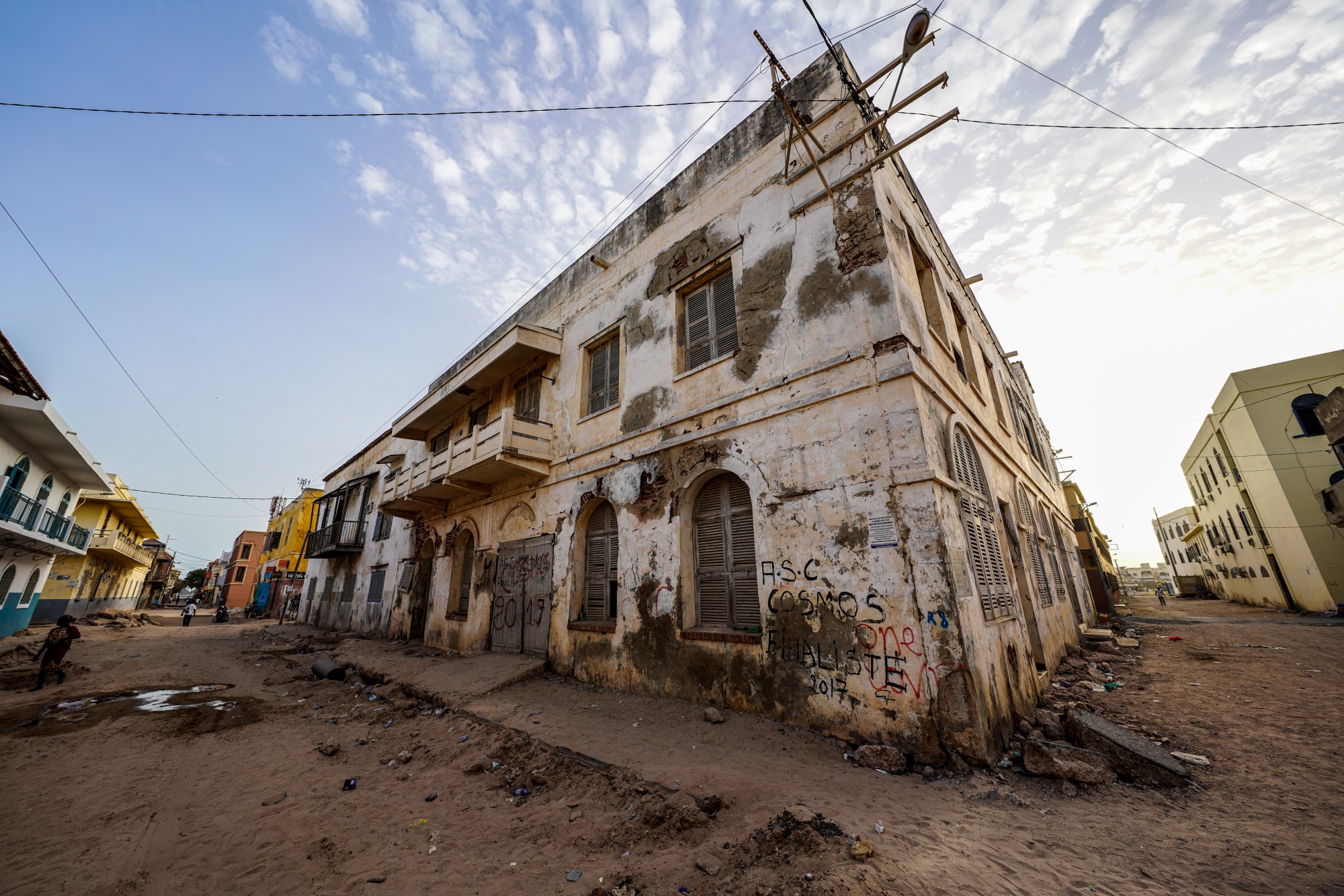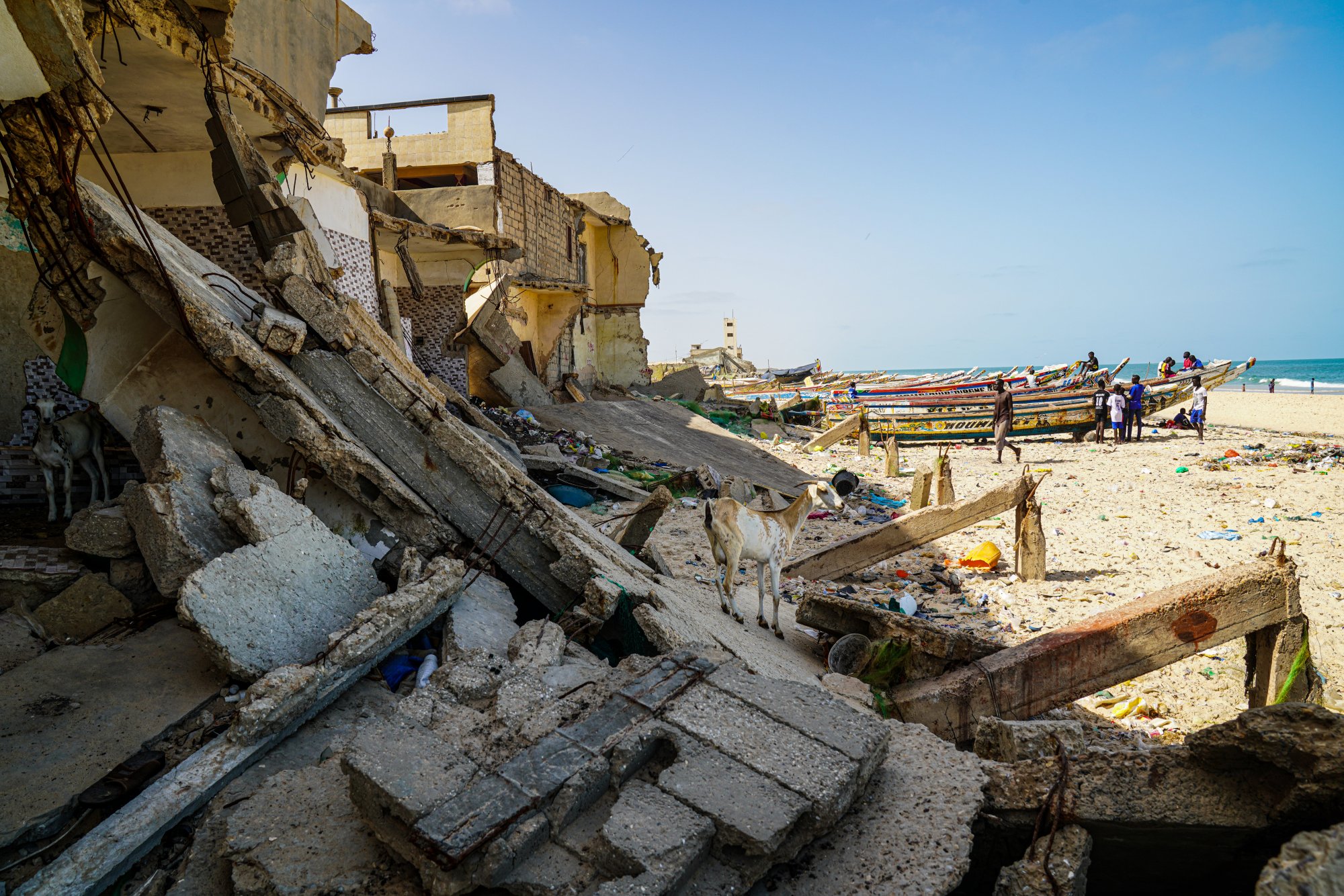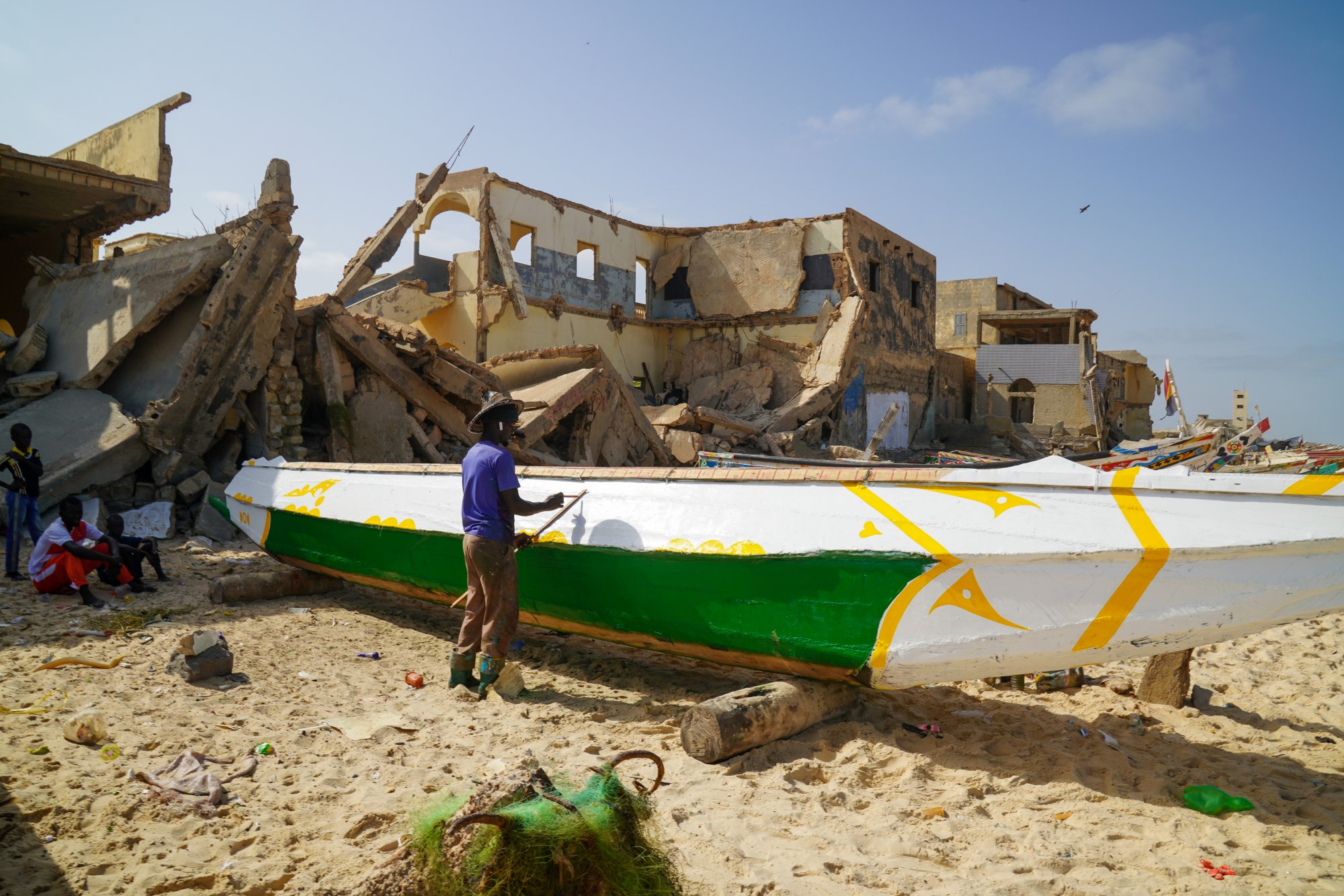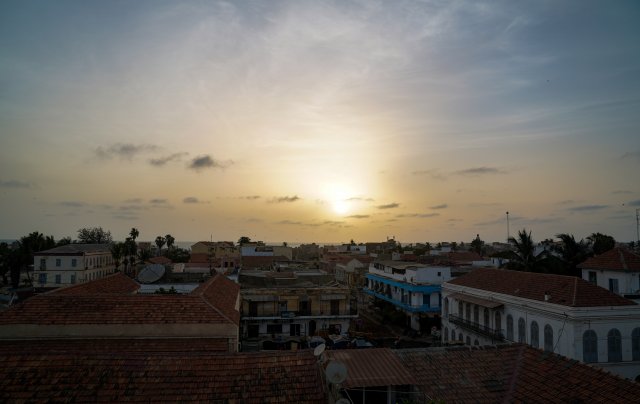The realities of Climate Change

When the sea was raging, I used to take refuge in the street with my children, in the middle of the night, waiting for it to calm down,” says Collé. “Until the day the sea was too strong.
Let’s first put a couple of things into perspective
Senegal is not a significant contributor to global warming
Senegal only “contributes” approximately 1 ton of CO2 per person per year. In Switzerland we “contribute” more than 4 times this amount (= approximately 4.2 tons of CO2 per person per year). The global average is 6 tons of CO2 per person per year.
A Swiss generates on average 4.2 tons of CO2 per year, while a Senegalese brings it up to “only” 1 ton of CO2 per year.
Yes, the cities are immersed with garbage. Yes, the garbage is mostly dumped anywhere. Yes, you can sense heavy air pollution in all urban areas. Yes, sewage systems are rare, and the smells are felt accordingly. Having said so, very clearly, we cannot blame Senegal of being a CO2 polluter. In fact, it ranks only 150th of the CO2 polluting countries.
Obviously: we cannot pass on the buck for our CO2 production and climate destruction to the Senegalese.
Climate change is today a reality in Senegal
Senegal is today one of the most critically affected countries by climate change. In a nutshell this is what is happening in Senegal:
Temperatures have increased and continue to increase - temperatures have already increased by 0.9 degrees since 1960. They are expected to increase by an additional 1.1 – 3.1 degrees until 2050
Rainfall has decreased and is expected to continue to decrease – 10/15 mm per decade
Sea levels have increased and should continue to increase – average increases of 1 – 2 meters along the shoreline already occurred. An additional 1 meter expected until the end of the century.
Desertification is a reality - thereby we witness a continuing expansion of the Sahara Desert

And what’s the impact?
Agriculture
Approximately 70% of Senegal’s workforce is employed by the agricultural sector. This sector is already today impacted by regularly recurring increased floods and droughts. This is leading to a destabilisation of the most important segment of Senegal’ economy. In addition, take the following add-ons: social destabilization and migration flows from the country to the coastal cities (which themselves are heavily affected by the rising of the sea-level)
Water
Water supply is declining and is expected to continue to decline. On the other hand, water consumption is drastically increasing (driven by climate and non-climate factors). The water supply/demand imbalance puts Senegal in a very critical position.
Sea level
Sea levels have already risen along the coast. Entire neighbourhoods have been destroyed in St. Louis.
Think about the implications of this: entire ecosystems lost their balance, salinization of water, irreparable social impact on families, individuals, and entire populations.

It’s happening today
All the above is nothing else than a summary description of what is happening today. It is what I have witnessed all along my trip in Senegal and very specifically in St. Louis. Walking through the destroyed neighbourhoods of St. Louis I thought that this is probably what Dante had in mind when he wrote Hell (Inferno).
These neighbourhoods look like war zones. You will find children playing in the ruins left by the water storms.
I could not restrain my tears.
The families that lost all their belongings live today in UN Refugee Camps. Refugees from Climate Change (www.unhcr.org/senegal.htlm)
PS - will publish additional blogs on my trip to Senegal in the course of the next days.

